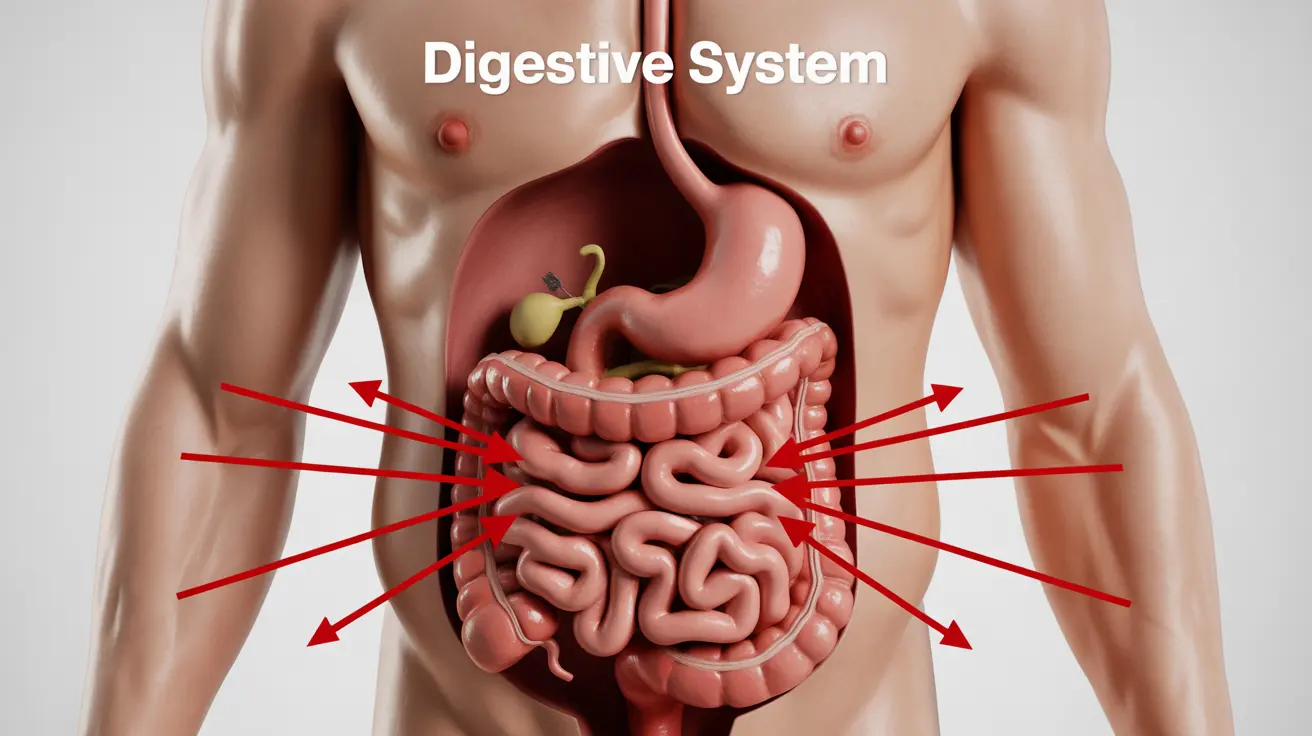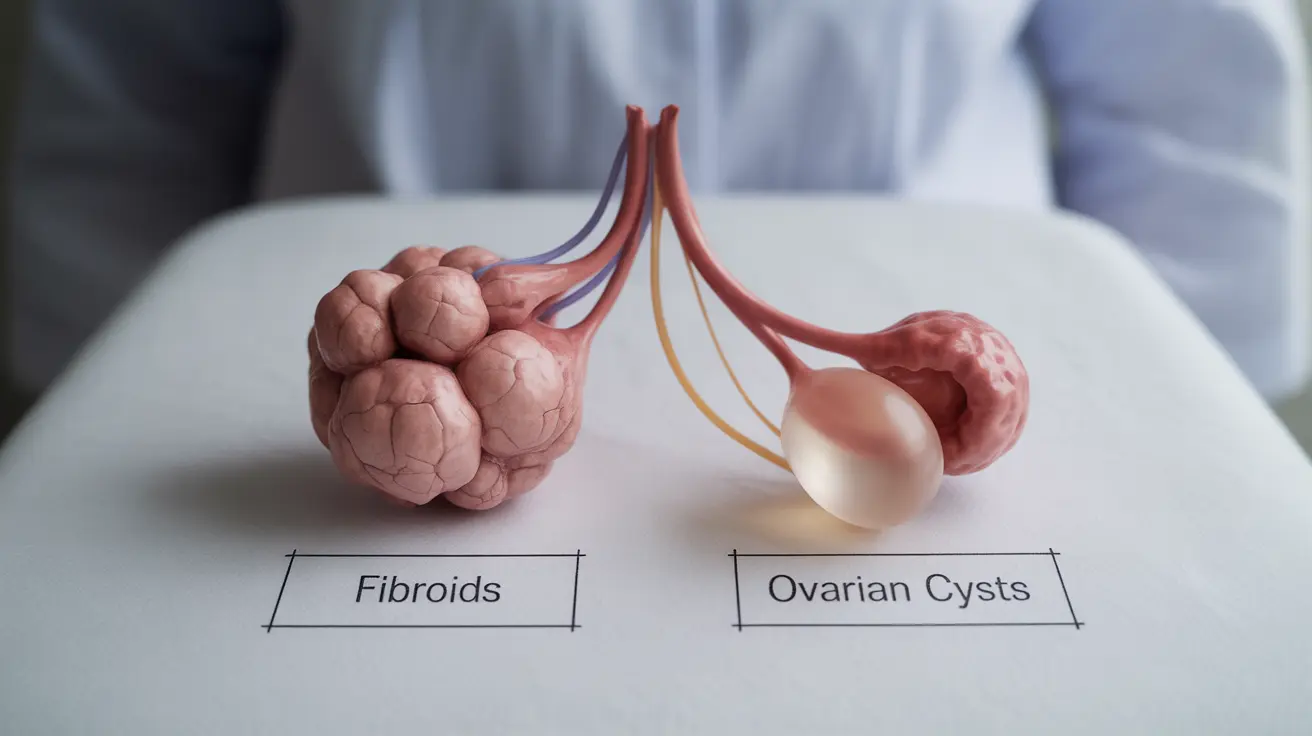Agonal breathing is a terrifying and life-threatening medical condition that demands immediate attention and understanding. When someone experiences these irregular, gasping breaths, it signals a profound medical crisis that can quickly lead to irreversible damage or death if not addressed promptly.
This article explores the critical aspects of agonal breathing, providing essential information for recognizing and responding to this medical emergency that can occur during severe health crises like cardiac arrest or stroke.
What is Agonal Breathing?
Agonal breathing is a distinctive and alarming type of breathing pattern that occurs when the body is experiencing severe physiological distress. Unlike normal breathing, these gasps are actually a brainstem reflex – a last-ditch effort by the body to obtain oxygen when major systems are failing.
Characteristic Features
The hallmarks of agonal breathing include:
- Irregular, sporadic gasping breaths
- Loud, often dramatic breathing sounds
- Potential accompanying muscle twitching
- Brief or prolonged episodes of gasping
- Possible loss of consciousness
Primary Causes of Agonal Breathing
Understanding the underlying causes of agonal breathing is crucial for recognizing the severity of the situation. The most common triggers include:
Cardiac Arrest
When the heart suddenly stops effectively pumping blood, it triggers a cascade of physiological responses, including agonal breathing. This represents a critical medical emergency where immediate intervention is absolutely essential.
Stroke-Related Conditions
Both hemorrhagic and ischemic strokes can precipitate agonal breathing. These conditions involve disrupted blood flow to the brain, causing severe oxygen deprivation that manifests through these characteristic gasping breaths.
Medical Implications and Warning Signs
Agonal breathing is not just a breathing problem – it's a clear indication of a potentially fatal medical event. Accompanying symptoms may include:
- Sudden facial drooping
- Slurred speech
- Unilateral body weakness
- Difficulty understanding communication
- Severe, unexpected headache
Emergency Response and Intervention
When confronted with agonal breathing, swift action can mean the difference between life and death. Here are critical steps to take:
Immediate Actions
- Call emergency services immediately
- Begin CPR chest compressions if the person is unresponsive
- Use an automated external defibrillator (AED) if available
- Provide clear, detailed information to emergency dispatchers
Professional Medical Treatment
Medical professionals may implement advanced interventions such as mechanical ventilation, advanced cardiac life support, and targeted medications to stabilize the patient's condition.
Prognosis and Survival Rates
The outcome of agonal breathing heavily depends on the speed and effectiveness of the initial response. Early CPR and rapid medical intervention can significantly improve survival chances and minimize potential brain damage.
Frequently Asked Questions
What are the common causes of agonal breathing and how is it diagnosed?
Agonal breathing is primarily caused by cardiac arrest, strokes, and severe oxygen deprivation. Diagnosis occurs through clinical assessment of breathing patterns, accompanying symptoms, and immediate medical evaluation.
How do you differentiate between agonal breathing and a death rattle?
Agonal breathing involves gasping, irregular breaths with a sense of urgency, while a death rattle is a gurgling sound caused by mucus buildup, typically occurring in end-of-life scenarios.
What immediate actions should be taken if someone is experiencing agonal breathing?
Call emergency services immediately, begin CPR if the person is unresponsive, use an AED if available, and follow professional dispatcher instructions carefully.
Can agonal breathing be a sign of something other than cardiac arrest or stroke?
While cardiac arrest and stroke are the most common causes, severe respiratory conditions like COPD, pulmonary embolism, and advanced lung diseases can also trigger agonal breathing.
What are the chances of survival if a person experiences agonal breathing and receives timely CPR and medical intervention?
Survival rates increase dramatically with immediate, professional intervention. Early CPR and rapid medical response can significantly improve outcomes and reduce the risk of permanent brain damage.




